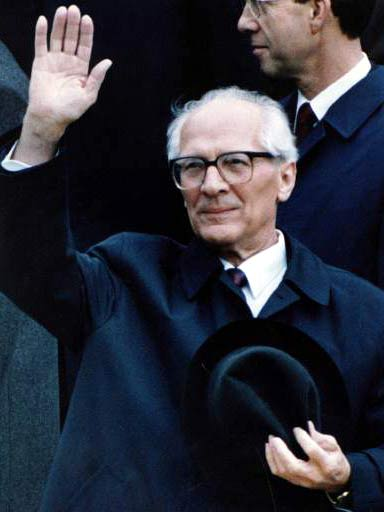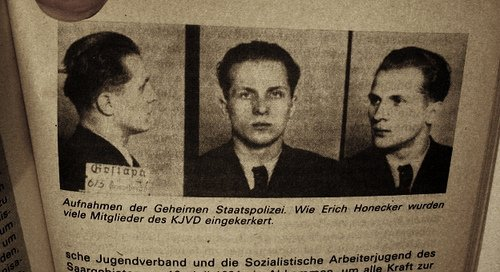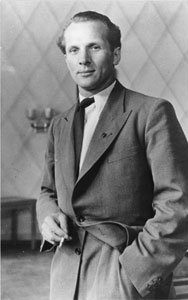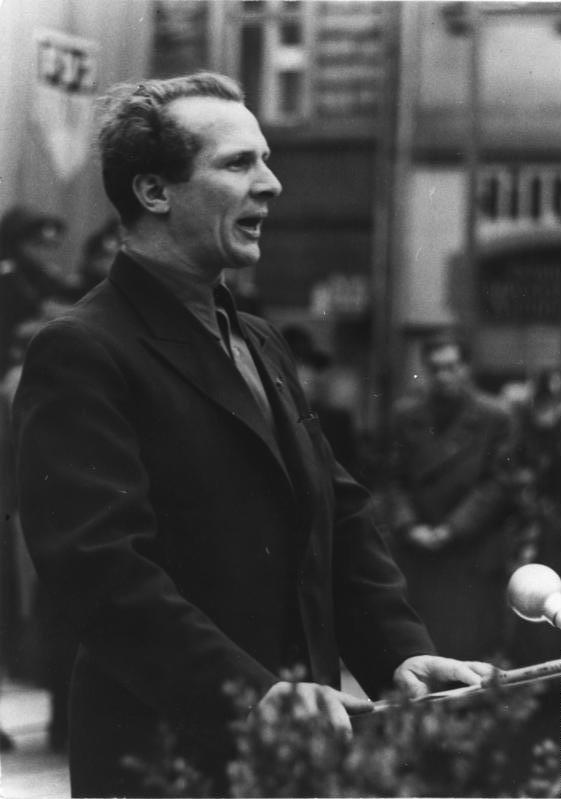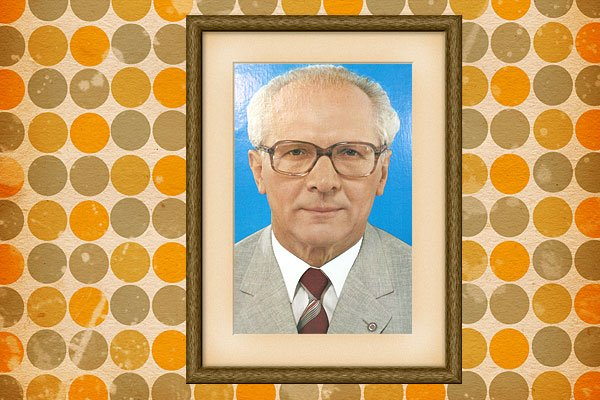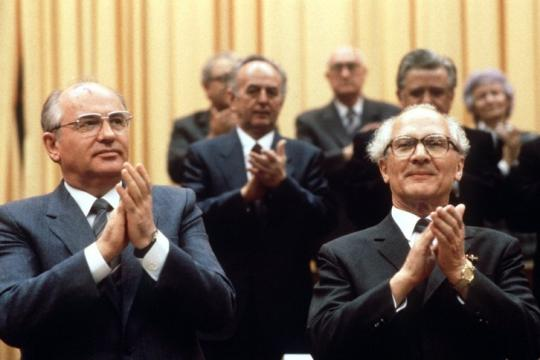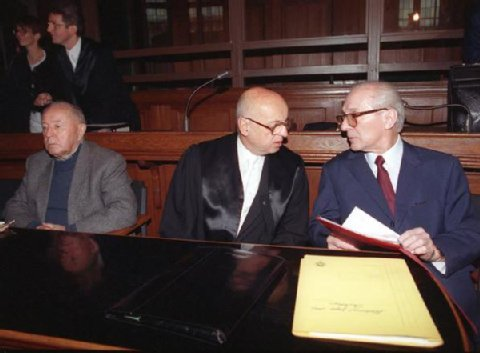A member of the Communist movement since youth, Erich Honecker joined the Communist Party (KPD) in 1930 at 18 (2)
Honecker spent the war in prison (not in a concentration camp), mostly in Berlin and Brandenburg, under charges of high treason. (4)
In the Soviet Occupied Zone, Honecker was rising star in the SED; in 1946 he co-founded Free German Youth (FDJ) and became chairman. (5)
After a time in Moscow, Honecker returned to the GDR to join the Politburo in 1958 and was widely considered Walter Ulbricht& #39;s heir apparent. (6)
In 1971, Honecker engineered the removal of SED leader Walter Ulbricht with the support of the Soviet Union (7)
The Honecker era in East Germany was marked by increased consumerism at cost of massive loans from the West (8)
Honecker rejected Gorbachev’s reforms in 1980s: “We have done our perestroika, we have nothing to restructure" (9)
On October 17, 1989, Honecker was removed from power by the East German Politburo, succeeded by Egon Krenz. Honecker voted with the Politburo to remove himself so it would be unanimous. (10)
In 1991, Honecker fled to Soviet Union to avoid prosecution; unsuccessfully sought asylum in USSR or Chile (11)
In 1992, Honecker ejected from Chilean embassy in Moscow; charged in Berlin and jailed in Moabit prison where he wrote his memoirs (12)
Charges of mass manslaughter against Honecker in connection to Berlin Wall were dropped due to terminal illness (13)

 Read on Twitter
Read on Twitter